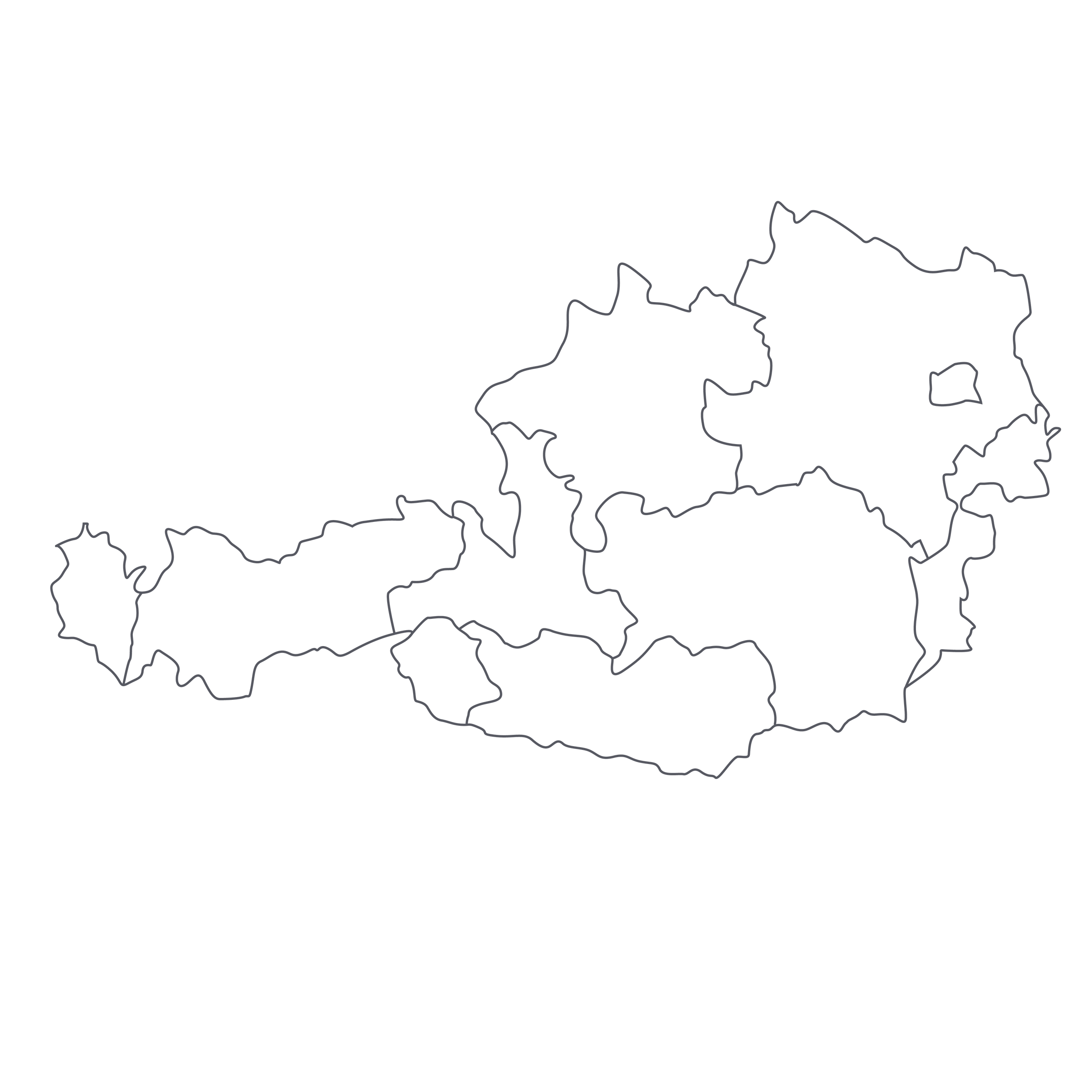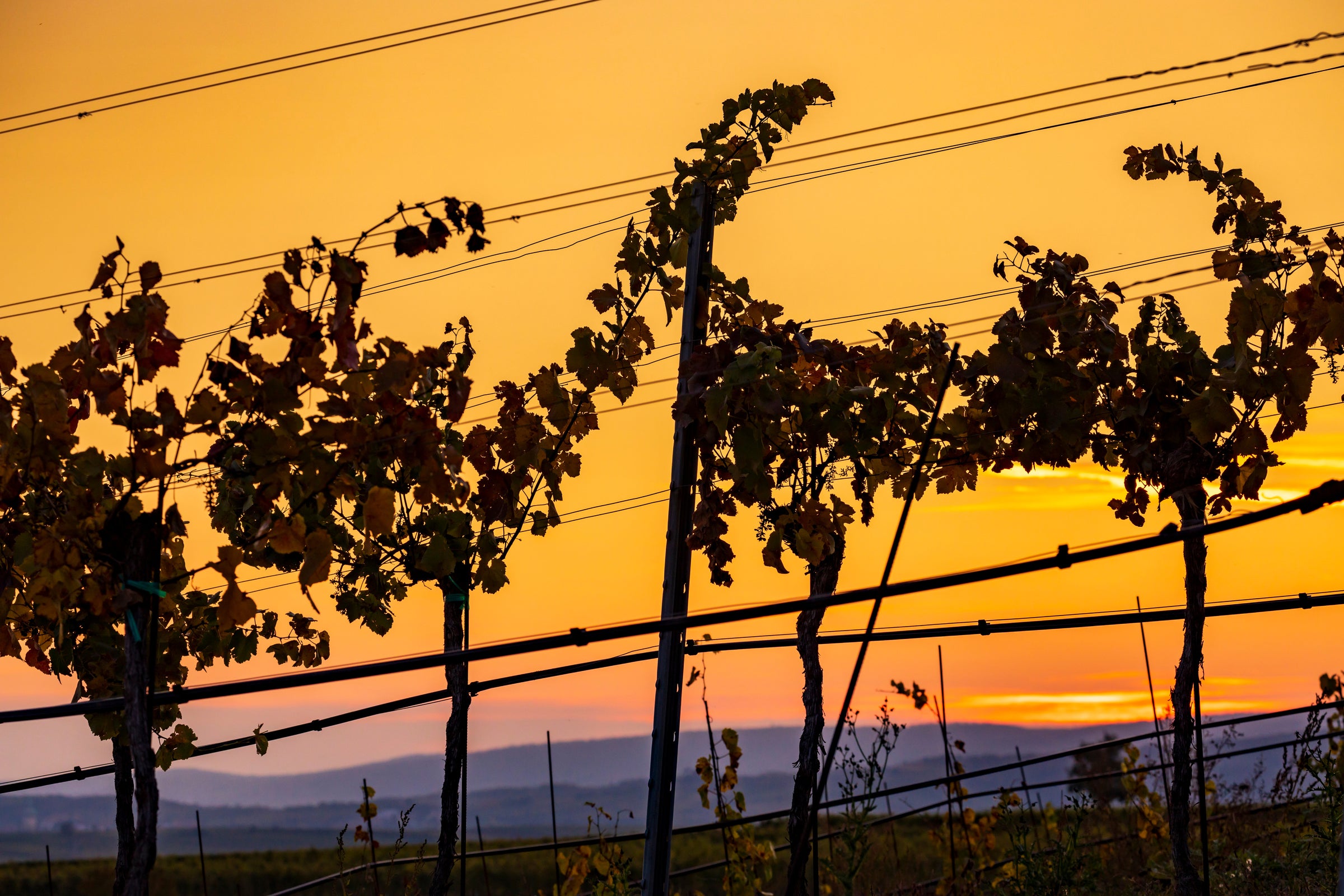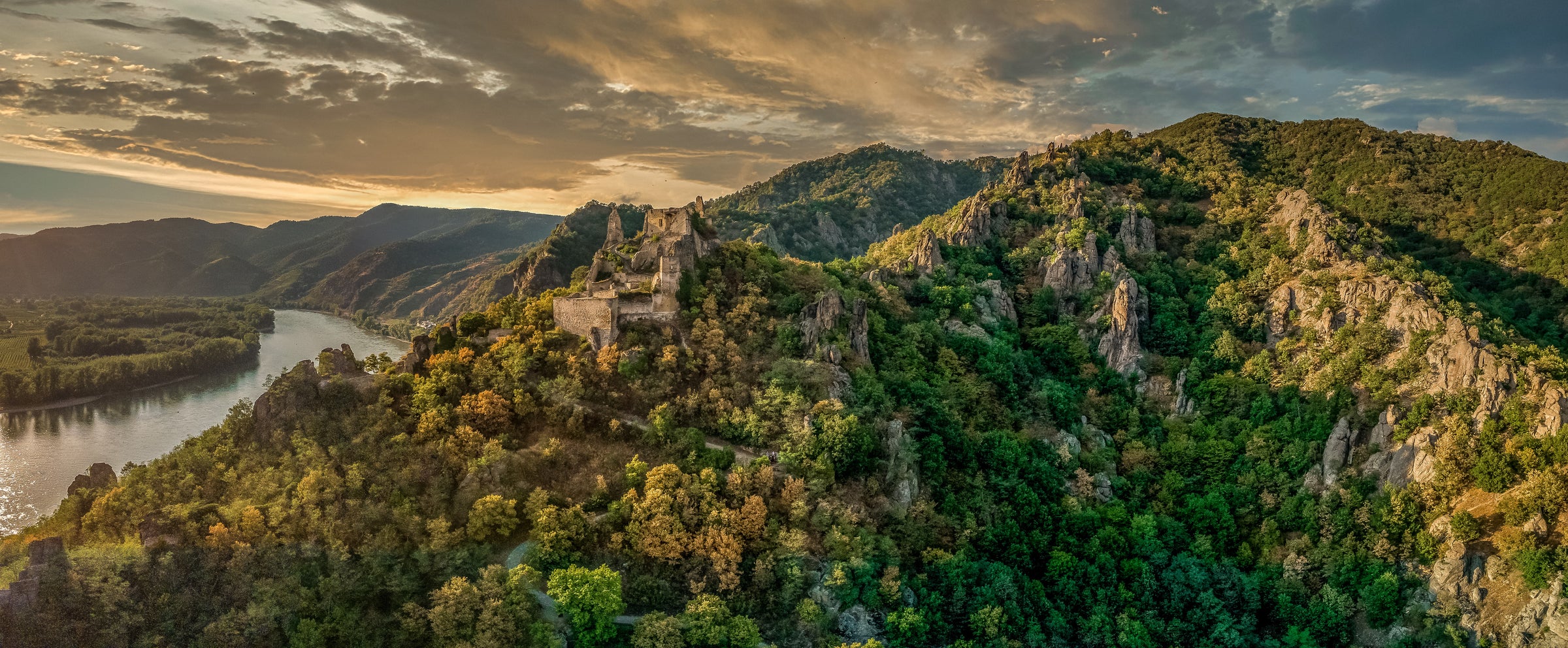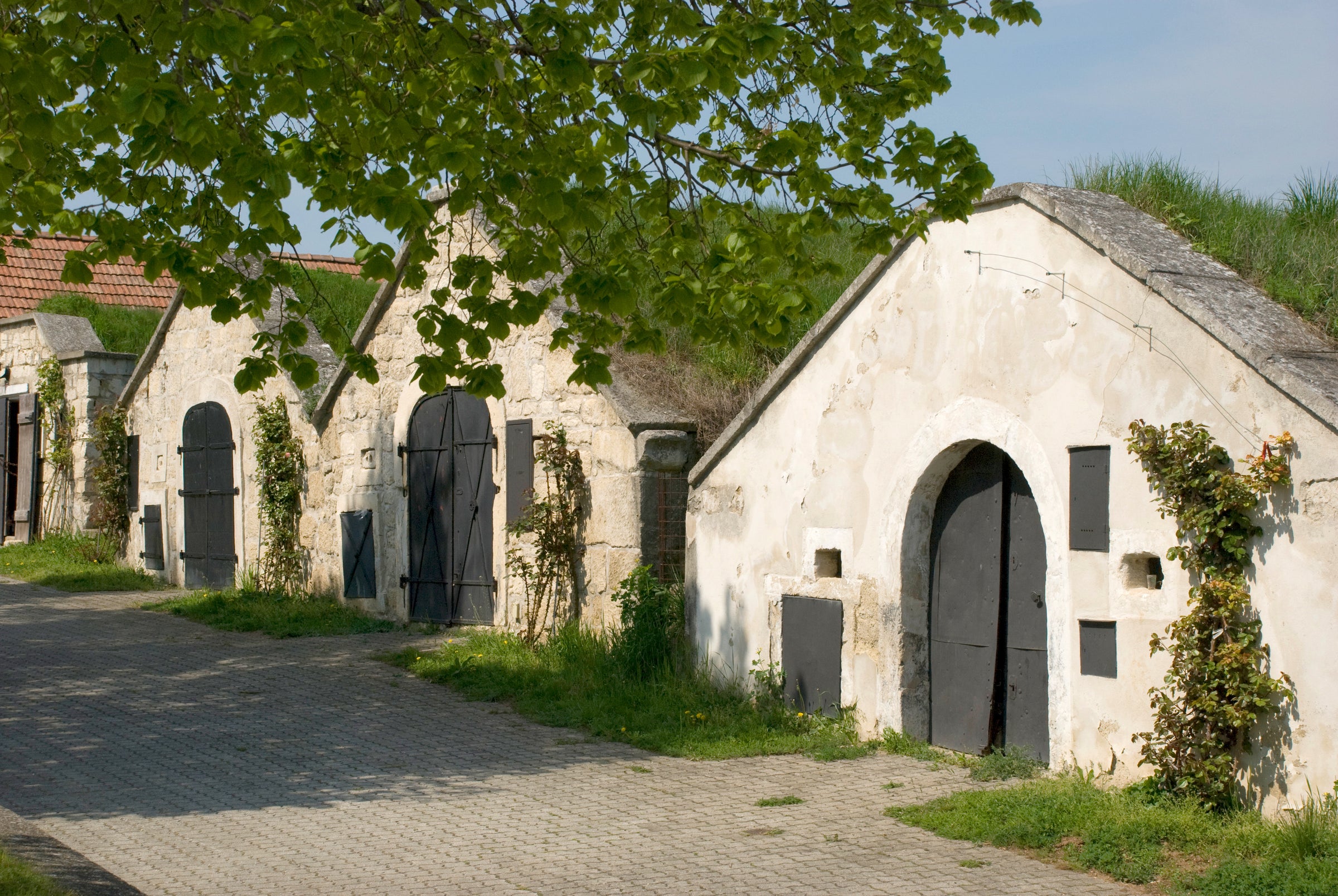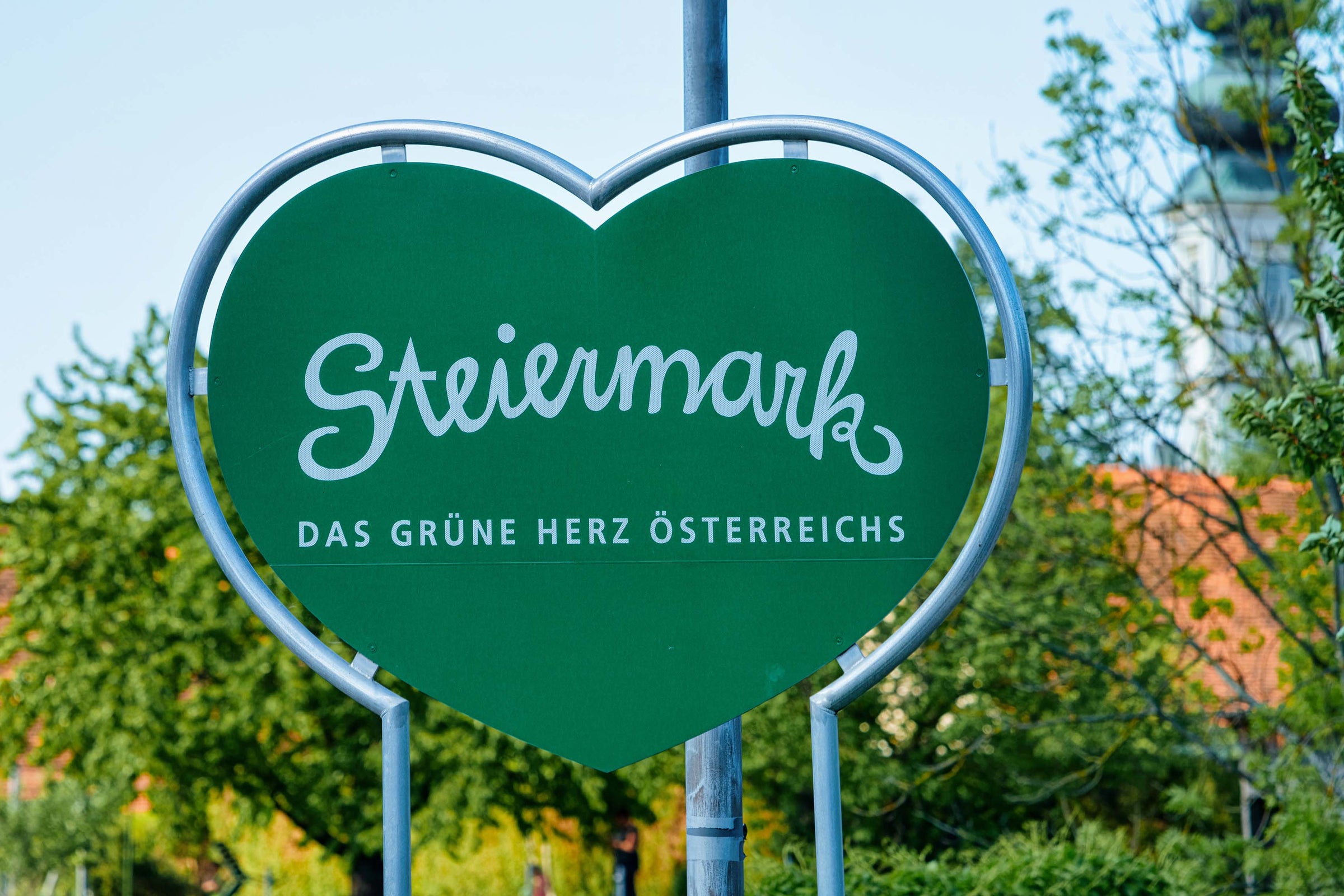Most of our subscribers are well-acquainted with the elite whites of Austria’s Danube River Valley. Our love for them is well-documented. But the story we’ve fixated on lately is the exceptional quality (and stellar value) of Austria’s native reds. The Burgenland region—a vast, rolling landscape that runs up to the border with Hungary—is the red wine epicenter, and if you’re willing to wade through some unfamiliar language on labels, there’s some transcendent wine-drinking to be done.
The best example I’ve seen in a long, long time is today’s Rotburger from the brilliant Stefan Wellanschitz of Kolfok Güterweg. Yes, that was a mouthful, but I implore you to hang in there on this one because the payoff is huge. The Rotburger grape, also known as Zweigelt, doesn’t have a big reputation, making what Stefan has done with his 2018 “Querschnitt'' that much more impressive. Its dark, wild-berry fruit, iron-like minerality, and vivid energy reminded us of great Morgons from Cru Beaujolais, and there was a nod to some of the higher-toned Syrahs of the Northern Rhône as well, making any talk about Rotburger being a “workhorse” variety seem not just inaccurate but idiotic. Sorry, but I’ve got strong feelings about this wine, which achieves its incredible purity and focus naturally, via painstaking organic farming and minimalist, no-sulfur winemaking. This is not our first offer of a Kolfok Güterweg and I assure you it won’t be the last. He may still toil in relative obscurity, but make no mistake—Wellanschitz is a star. Don’t miss this!
Founded in 2013, Kolfok (regional dialect for “maverick” or “non-conformist”) Güterweg (“the good way”) is deserving of the brightest spotlight we can shine: Headquartered in the Mittelburgenland region, in the village of Neckenmarkt, it’s a property that has been in Stefan’s family since the 19th century when the area was still considered “Hungarian” rather than Austrian. The Neckenmarkt area is an extremely distinctive terroir: It sits within a broad basin protected by mountains to the north, west, and south, with vineyards perched at altitudes exceeding 500 meters in some spots. Whereas soils at lower elevations are comprised mostly of heavier clays, Wellanschitz’s vines are rooted in a poor and complex mix of granite, schist, and limestone. As in some of the white wine-producing zones along the Danube, the Mittelburgenland can see a push-pull of cooler currents from the west contrasted with warm, dry breezes from the Pannonian Plain to the east.
With a smorgasbord of soils and some nice altitudes to play with, Stefan strives to craft his wines in the most natural, “transparent” way possible. He farms organically, allowing an assortment of other herbs and plants to sprout among the vines, and takes a minimalist approach in the cellar, moving wines by gravity only and employing sulfur only in trace amounts at bottling.
His individualistic naming conventions for his winery and wines extend to today’s 2018, called “Querschnitt,” which means “cross-section.” The wine is meant to be a broad representation of Mittelburgenland’s soils and grape varieties in one cuvée, and while it does come from a mix of volcanic, schist, and loam soils around Neckenmarkt, Rotburger is the dominant variety, with tiny amounts of Sankt Laurent, Blaufränkisch, Blauburgunder, and Syrah thrown in as seasoning (thus the “Rotburger & Co.” on the label). The wine is crafted using the same ‘semi-carbonic’ maceration/fermentation employed in much of Beaujolais: whole berries/grape clusters were sealed up and fermentation began spontaneously. Says Stefan: I want to show those exceptional conditions in my wines. That's why I work naturally both in the vineyards and in the cellar. To prevent monoculture the vines are growing organically together with other herbs and plants. In the cellar, it's very easy—the wine leaves the press without the use of pumps into local oak barrels which can be from 600 liters (halbstueck) to 1,200 liters (stueck), this is where the stays without fining, moving, or even sulfuring. At the optimum time, they are bottled unfiltered with minimal addition of sulfur.
In the glass, the 2018 Querschnitt displays a deep ruby/magenta core extending out to the rim, with a perfumed mix of currants, blackberries, pomegranate seeds, hibiscus flowers, graphite, turned earth, and black pepper carrying over to the medium-bodied palate. The tannins are finely polished and the acidity fresh but not sharp, the overall impression being one of exceptional balance, purity, and focus. It is tangy, floral, and unquestionably delicious, even more so after about 30 minutes in a decanter and service at 60 degrees in Burgundy stems. Those Beaujolais-like hints of iron/iodine make me crave a juicy steak au poivre, a mushroom-topped burger, or some well-charred grilled vegetables. Take it down a few degrees cooler if you like—it’s the perfect red for that, and for spring/summer in general. Enjoy!


